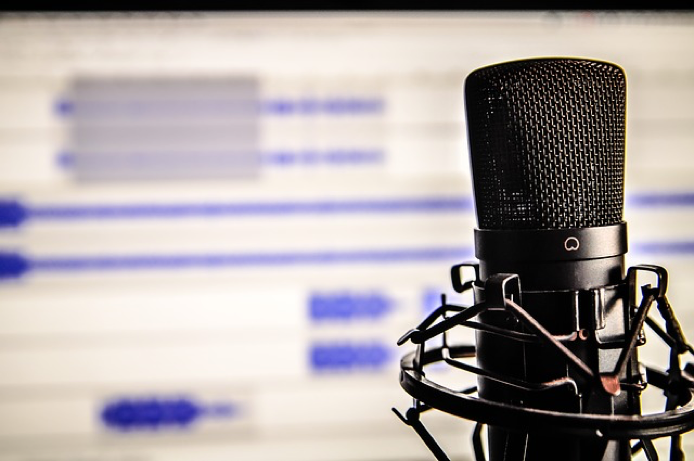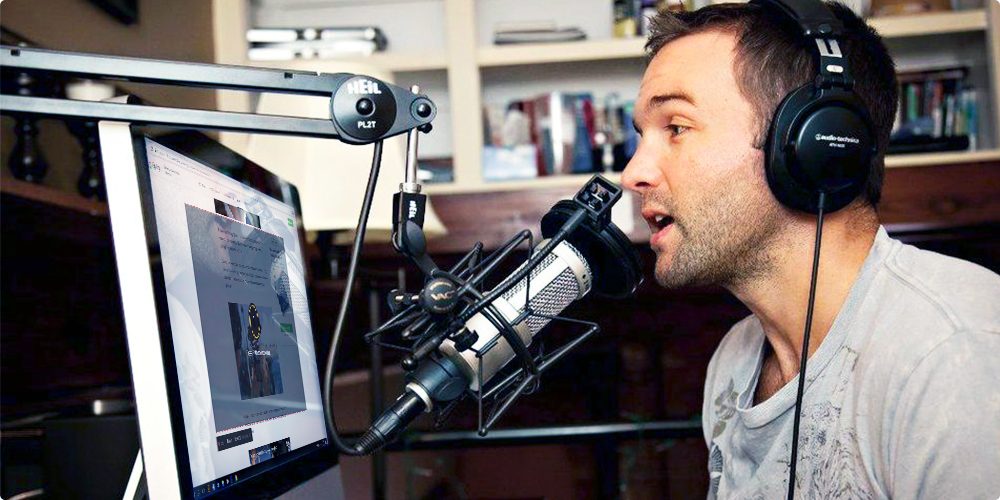Voiceover is an art that you can find everywhere. May it be the video game you play or the last commercial you see on the television, voice-over recordings are in every corner of the media. This is why a lot of aspiring artists want to be part of the growing industry of voiceover.
 lushthecontentagency
lushthecontentagencyIf you are one of them and you are planning to do a voice-over recording to submit to production companies, we prepared a list of tips for better voice-over recording you will surely find helpful.
Tips for Recording a Voiceover Like a Pro
1. Choose a good room.
Find a good room—that’s the number one rule. Choose the perfect place to record your voiceover. It will have a big impact on your output.
According to Musician on a Mission, don’t choose a room too large, it makes your voice distant and difficult to understand. Don’t choose a room too small either, as it will have a larger echo. And if you have to choose between the kitchen and the bedroom, choose the bedroom because of its soft furnishings. A room with hard, reflective surfaces will never make a good choice for a venue of your voiceover recording.
 TechSmith
TechSmithWhen you record, it’s not just your voice that the microphone will pick up. It will also pick up the way your voice interacts with your surrounding. So be wise in choosing the best room in where you will record your voiceover.
2. Pay attention to where you put the microphone.
A lot of artists tend to skip this part, thinking it’s not that important. But the way you position your mic actually matters more than you think it does.
To better record your voice, position your microphone 8 to 12 inches away from your mouth. This is near enough for your voice to sound present but far enough for it not too sound muddy.
 ispringsolutions
ispringsolutionsSome suggest 5 inches is the right standard distance. If you are not sure, experiment with distances. Place the microphone 5 inches close to your mouth. Record and then listen to the recording afterward. If it’s too muddled, then move it a little farther until you get to the right distance.
3. Use a music stand.
Use a music stand for your script. This is to avoid the sound of rustling papers to be included in your recording. When you use a stand, the pages are slid instead of turned. Additionally, you can position the stand well according to your height. You can place it high enough so you don’t look down when reading the script, which can restrict your vocal cords.
 voices
voices4. Have a drink prepared and place it at arm’s distance.
Water is for keeping your mouth wet. When recording a voiceover, it is important that you stay hydrated. A dry mouth makes unnecessary sounds when talking. It will smack, click, or pop, so keep a glass or bottle of water nearby to keep it wet.
5. Read the script before you start recording.
Some won’t bother because they think it is very unnecessary; after all, you will have to look at your script anyway. But pre-reading the script actually makes a big difference.
Reading the script before recording will let you know which sentences or words are difficult to utter and to get yourself prepared for them. It also helps you know at which point to pause to make your talking more comprehensible. By pre-reading, you also get the chance to change some words or sentences, if you see the need to.
 ispringsolutions
ispringsolutions6. Warm up your voice.
Here’s the most important part: warm up your voice. There are a lot of warmup exercises you can do to prepare your voice for the session. For one, you can read the script aloud before the actual recording to warm up your voice. You can also do humming or recite some tongue twisters as warmup exercises. Anything that will help prepare your voice, take the time to try them before starting the recording session.